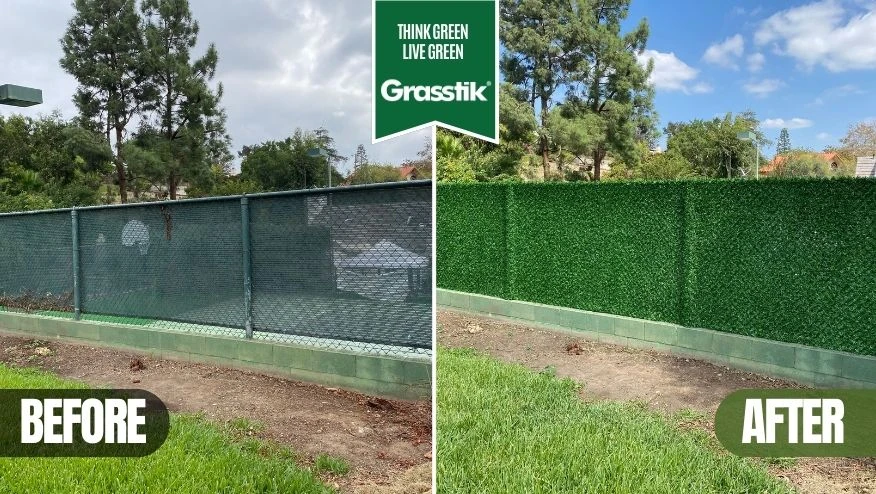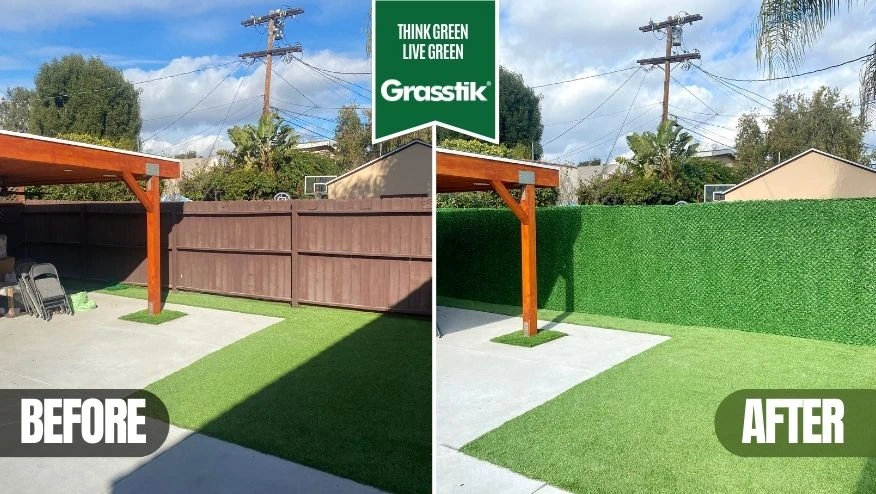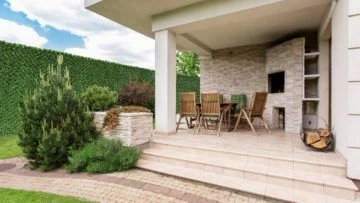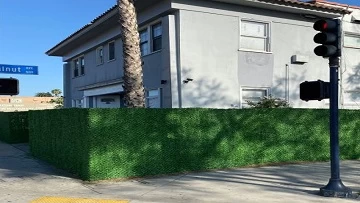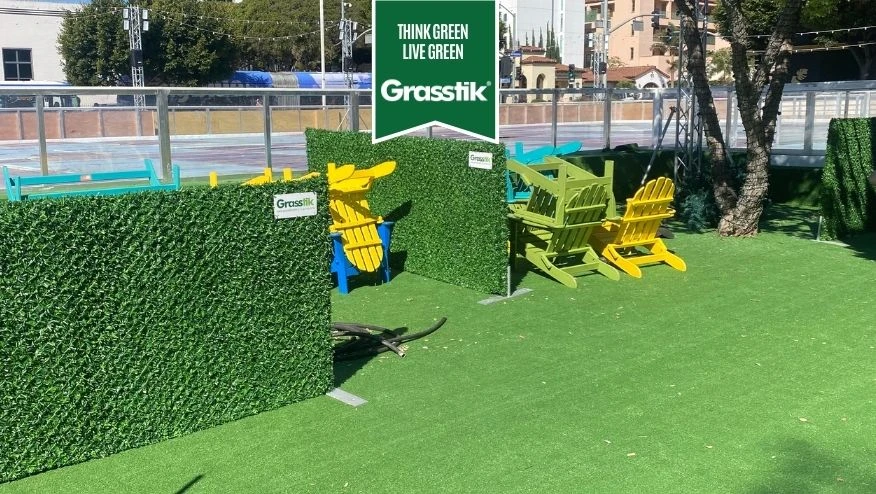
Installing a temporary privacy fence is a versatile solution for adding privacy, securing a perimeter, or enhancing a space aesthetically on a temporary basis. The installation process starts with selecting the appropriate type of fence that suits your needs, whether it's for a construction site, event, or garden. Preparation of the site is crucial; this involves clearing the area of debris, leveling the ground, and marking the perimeter where the fence will be placed. The next step involves the actual installation, which requires assembling the temporary privacy fence panels or materials and ensuring they are securely anchored to the ground or existing structures. Proper installation is essential to maintain stability and functionality, preventing the fence from tipping over or being easily bypassed.
How to Install Temporary Fence
Detailed steps for installing different types of temporary fencing include:
- Chain Link Fencing:
- Lay out the positions for the fence posts.
- Drive the stakes or fence posts into the ground.
- Attach the temporary fence panels securely to the posts with ties or clips.
- Fabric or Mesh Fencing:
- Mark the boundary for the temporary fencing.
- Install poles or stakes at regular intervals.
- Unroll the fabric or mesh and attach it to the poles with ties.
- Plastic Fencing:
- Define the area to be fenced.
- Insert support poles into the ground at designated spots.
- Connect the temporary fence for garden panels or rolls to the poles, ensuring tension is even.
- Artificial Grass Fencing:
- Measure and mark the perimeter where the artificial grass fencing will be installed.
- Position base supports or frames at strategic points around the marked perimeter to hold the artificial grass panels.
- Secure the artificial grass panels to the base supports or frames, ensuring they are evenly spaced and tightly affixed for a seamless and sturdy barrier.
- If necessary, use zip ties or similar fasteners to attach the artificial grass securely to the supports, creating a cohesive and visually appealing temporary fence.
How to Make Temporary Fence
DIY options for creating a temporary fence involve:
- Using Pallets:
- Collect enough pallets to cover the desired area.
- Connect the pallets using hinges or sturdy ties.
- Anchor the connected pallets to the ground with stakes.
- Mesh and Posts:
- Purchase mesh fabric and posts.
- Drive the posts into the ground at intervals.
- Attach the mesh to the posts with zip ties or wire.
- Repurposed Materials:
- Gather materials like old doors, bamboo poles, or vinyl sheets.
- Create a plan based on the area to be fenced and the materials' dimensions.
- Secure the materials together and to the ground or existing structures.
How to Build Temporary Fence on Concrete
Building a temporary fence on concrete requires special considerations due to the inability to drive stakes or posts into the ground:
- Use Base Plates:
- Secure base plates to the concrete with appropriate anchors.
- Attach posts to the base plates.
- Weighted Support:
- Use weighted support such as sandbags or concrete blocks to stabilize the base of the fence.
- Connecting Panels:
- Ensure that temporary grass fence panels are securely connected to withstand wind and movement.
How to Make a Temporary Fence on Wood
Creating a temporary fence on wooden surfaces involves:
- Bracket Installation:
- Install brackets on the wood surface.
- Insert fence posts into the brackets and secure.
- Direct Attachment:
- If applicable, attach temporary grass fence panels directly to the wooden structure using screws or nails.
- Stabilization:
- Use additional support or ties to ensure stability against wind or pressure.
Why is Temporary Fencing Preferred?
Temporary fencing is preferred for its versatility and cost-effectiveness. It provides an immediate solution for privacy, security, and boundary definition without the commitment and expense of permanent fencing. In scenarios like construction sites, events, or seasonal needs in residential areas, temporary fencing offers the flexibility to adapt to changing requirements. Its ease of installation and removal minimizes disruption to the site and reduces labor costs.
Moreover, temporary fencing solutions can be reused and reconfigured, making them an environmentally friendly and practical choice for various applications. Whether it's for temporary safety fence needs or creating a non-permanent privacy fence for outdoor gatherings, the adaptability of temporary fencing meets the dynamic needs of businesses and homeowners alike.
Do You Need a Permit for Temporary Fencing?
Before installing temporary fencing, it's essential to check local regulations and requirements. While temporary fencing often doesn't require a permit due to its non-permanent nature, some jurisdictions may have specific guidelines, especially for temporary fence on concrete in public areas or for fences exceeding certain heights.
- Check Local Ordinances: Contact your local building department or municipal office to inquire about any necessary permits or restrictions.
- Review HOA Rules: If applicable, review your homeowner association (HOA) rules to ensure compliance with any community standards regarding temporary privacy fencing.
How to Ensure the Security of Temporary Fences
Ensuring the security of temporary fences is crucial to prevent accidents, unauthorized access, or damage:
- Stable Foundation: Use a stable foundation, such as weighted bases or securely anchored posts, especially for temporary fence panels.
- Regular Inspection: Conduct regular inspections to check for any weaknesses or potential hazards, particularly after adverse weather conditions.
- Secure Attachments: Ensure that all parts of the temporary fencing, including temporary fence screens and portable outdoor privacy fences, are securely attached to prevent collapse or detachment.
Ensuring the security and stability of temporary fencing is not just a matter of practicality; it's essential for its effectiveness and reliability. Whether it's serving as a portable privacy fence, safeguarding a perimeter as a temporary safety fence, or providing a flexible solution as a removable fence, its robustness guarantees peace of mind. By prioritizing these aspects, temporary fencing transcends its transient nature, becoming a dependable, adaptable, and indispensable tool for meeting diverse and dynamic needs with unwavering assurance.

